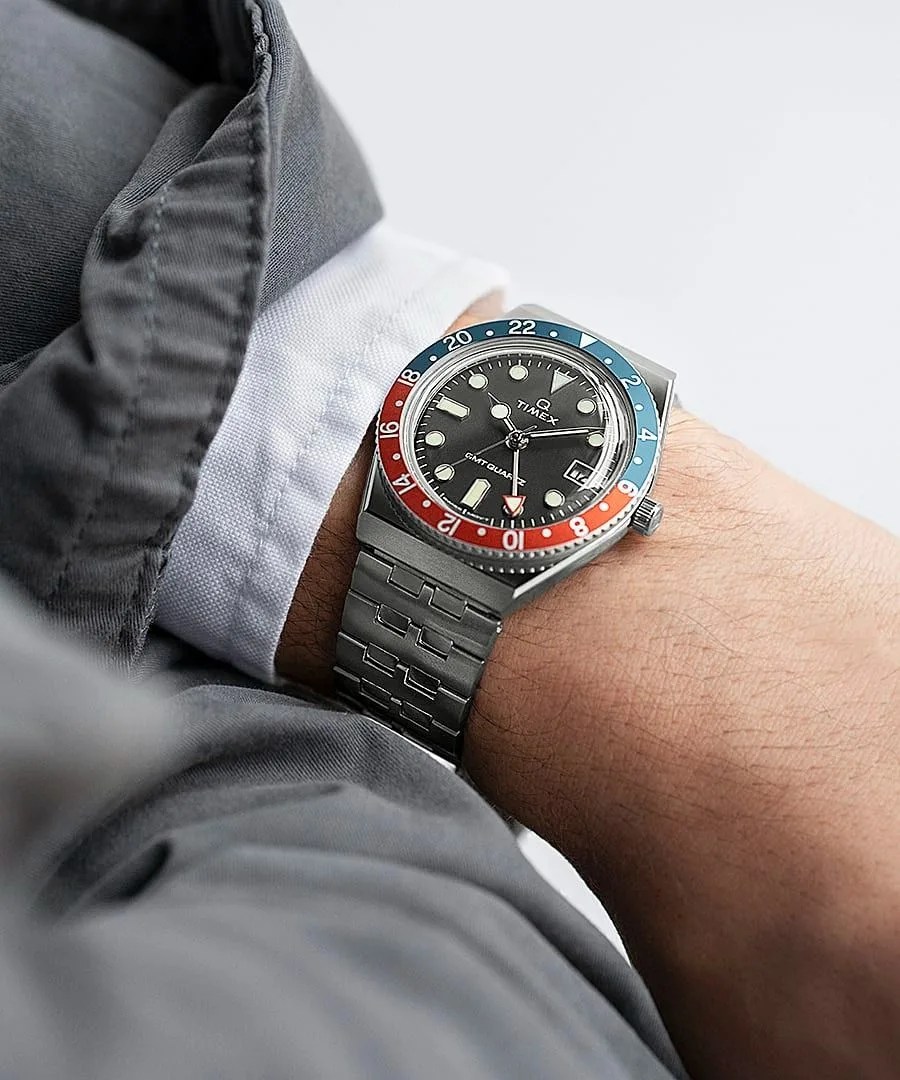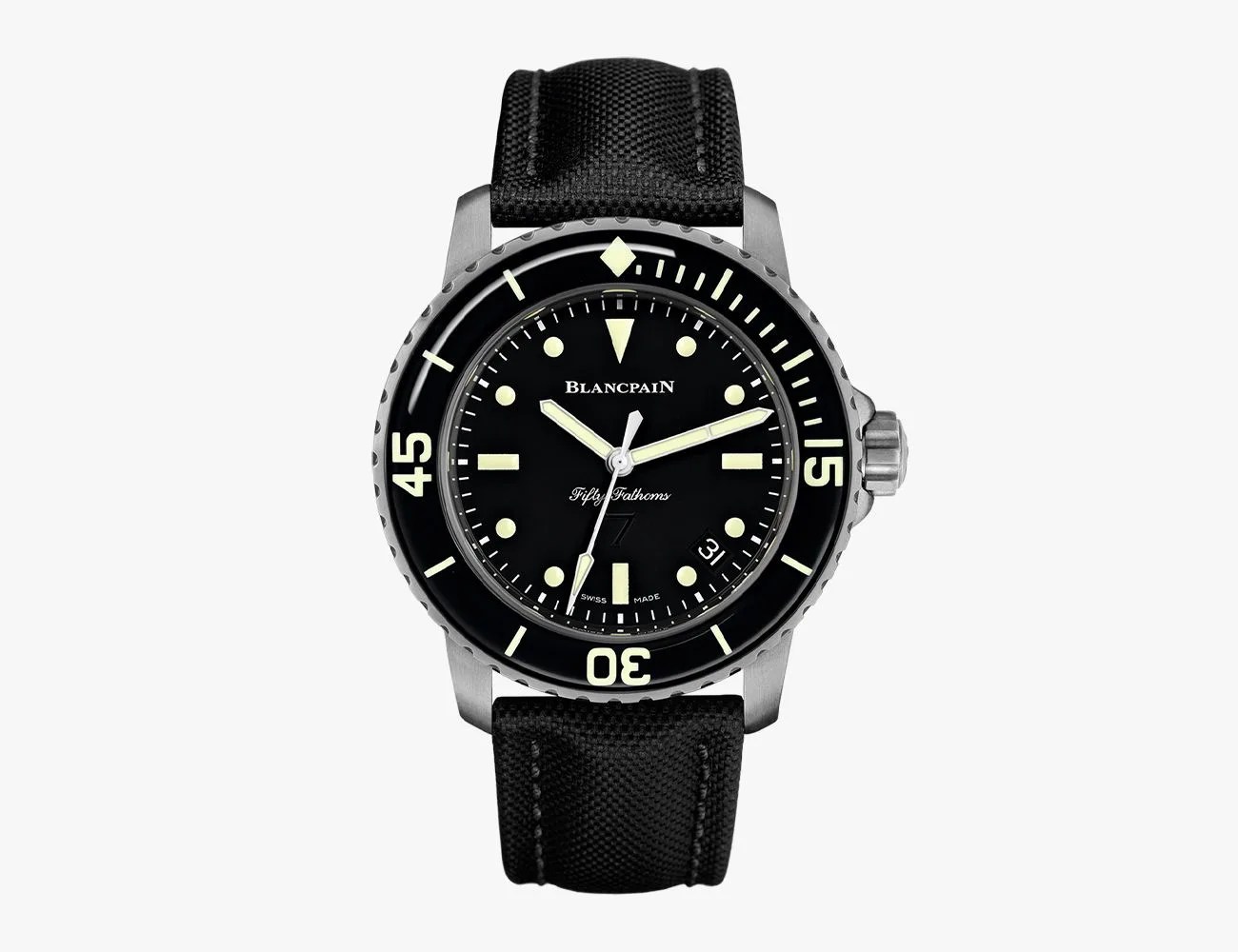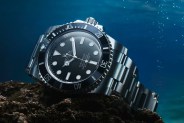I recently purchased a Citizen Quartz watch from the ‘80s that looks, as the seller put it, “80% Datejust.” That is, with its fluted bezel, jubilee-style bracelet, and sunburst dial, it looks very much like a Rolex Datejust, which starts in the vicinity of $7,000. I’ve never owned a Rolex, so I can’t compare quality, but I love this thin Japanese watch and its deep blue sunburst dial. Plus, I snagged my Citizen for less than $100.
Question: is it a lazy copycat, or an iterative stroke of brilliance?
This question is at the core of pretty much every article about “homage watches,” a term that I think needs to be revisited and, for the good of the hobby, retooled. Or maybe just dropped in the bin.
As Oren Hartov put it, an homage watch “pays homage, of course — in this case, by recalling elements of a particular vintage timepiece but in a completely new model.” The watch might recall aspects of a famous design, say, the hands and case shape of a Rolex Submariner. Or, he writes, “it might fall more into the category of what some would term a ‘ripoff’ — largely a direct copy. The shades of gray between these extremes are myriad.”
Let’s talk about those shades of gray.
Fact: The vast majority of the watches on the market today are iterative — they’re inspired at least in some part by watches that came before them. We tend to talk about “homage” in relation to colors (a red and blue bezel is automatically deemed a Rolex Pepsi homage), dial and bezel, case shape, and the like. But the fact of the matter is, every watch that’s somewhere near 40mm, round, or has a steel case and bezel, or that tells time using two or three hands, or that has a date window, or uses Arabic or Roman numerals, or is worn on a bracelet, is an homage in that it iterates on all watches that’ve come before it.
Fact: The vast majority of the watches on the market today are iterative.






